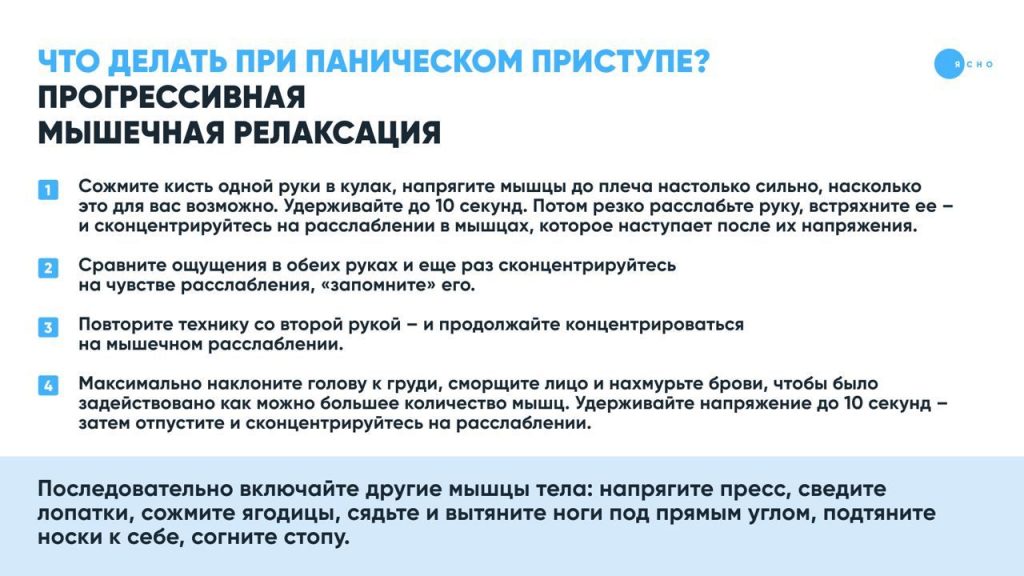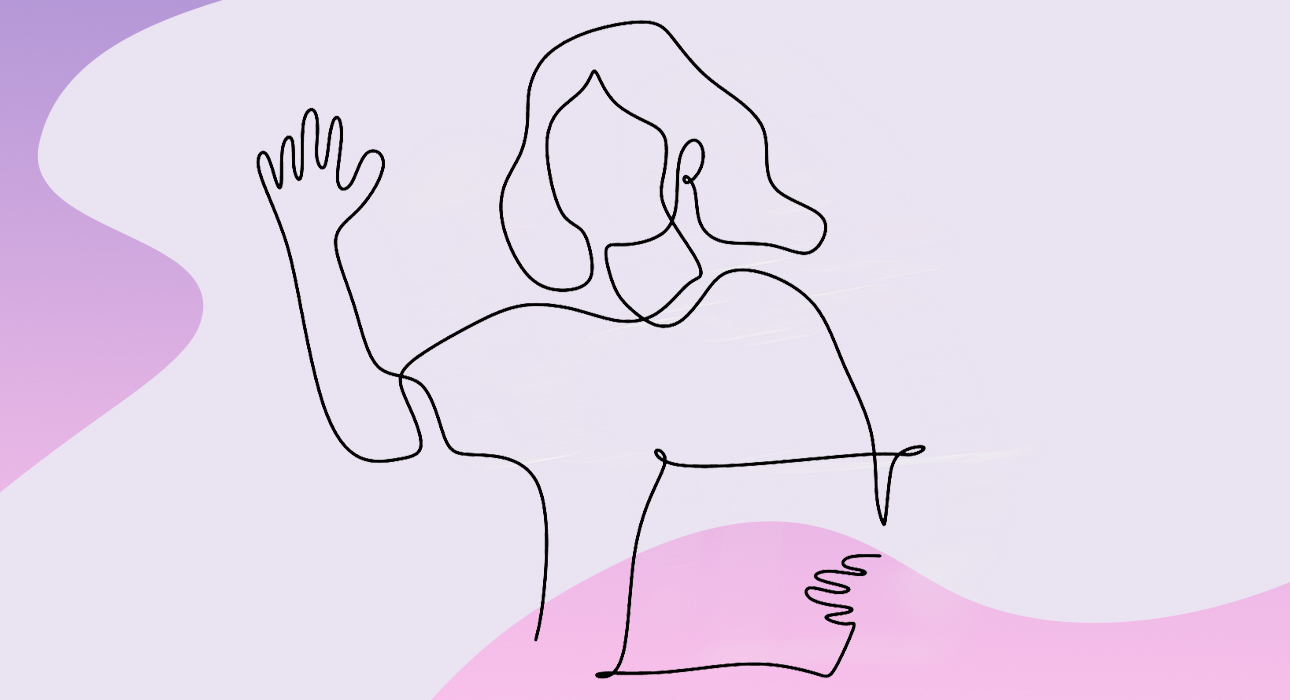“I dreamed that I was drowning in my sleep every time I fell asleep,” said my friend, who had panic attacks several times a day during a difficult period of her life.
Her face changed beyond recognition during the week she did not leave the house for fear of experiencing this feeling on the street again. Burgundy bruises appeared under the eyes, hollows appeared on the cheeks, and the skin turned pale gray.
According to WHO statistics, one out of every five people in the world has experienced a panic attack. It is difficult to understand for someone who has never experienced this situation.
Panic fear of death, difficulty in breathing, chest pain, nausea, dizziness, weakness, inability to control your body – all this is felt by a person experiencing a panic attack.
The Fashion Vibes decided to find out why panic attacks occur, how to recognize them, how to deal with them, and what to look out for in your own health to rule out other illnesses.

Anton Olkhovik, Gestalt therapist, psychologist in the Yasno ward
What is a panic attack?

A panic attack is an acute attack of intense anxiety or fear that can cause physical symptoms such as rapid heartbeat, chest pain, dizziness, and a feeling of unreality. A person loses control over his situation – it seems to him that he can die, suffocate, go crazy.
After the first meeting with a panic attack, the fear is the fear that the attack will happen again. Many pay special attention to their physical sensations and avoid situations that may cause anxiety. In this case, the disorder often turns into a chronic form.
How can I distinguish a panic attack from ordinary anxiety or restlessness?
– A strong sense of fear.
– Anxiety suddenly overwhelms the person and is concentrated at high intensity.
– Somatic symptoms are much more pronounced than ordinary anxiety. Over time, the “alarmist” develops an increased sensitivity to physical symptoms, experiencing them especially vividly.
– The state cannot be controlled.
– A desire to physically escape from the here and now.
Why do panic attacks occur?

The first panic attack can be triggered by stuffiness, heat, alcohol, lack of sleep, or overwork. A person interprets disturbing physiological sensations as a disaster – the situation seems to him extremely dangerous and hopeless. A sting in my chest – I had a heart attack, I got stuck in the subway – now I’m going to suffocate, I forgot the name of the cat – I’ve lost my memory, I’m going crazy, trembling in my hands – as if a stroke. The disaster causes fear, the adrenal glands release adrenaline and noradrenaline – this causes even stronger feelings in the body: the heart beats faster, breathing, tremors and sweating occur in the limbs. These symptoms only confirm the fears. The flow of disturbing thoughts causes an even stronger release of adrenaline, and physiological sensations become sharper. On average, an attack lasts from 5 to 20 minutes, depending on individual characteristics.
What happens next? As a rule, epinephrine and noradrenaline are processed naturally within 5-10 minutes. A person’s breathing and pulse slows down, he does not receive reinforcements for his fears – he does not die of a heart attack, does not go crazy, does not faint. It seems that everything should end there, but no. A person remembers this experience, draws erroneous conclusions about what caused the panic attack, begins to listen to any fluctuations in the situation, and establishes a set of protective behaviors that make panic disorder chronic.
Over time, a person develops a fear of fear – fear of the panic state itself. The person listens to the slightest changes in physical state, focuses on them, and interprets them catastrophically: “Here it goes.” In response, the body releases adrenaline, which really triggers an attack.
If this isn’t a panic attack, what is? What real illnesses can be mistaken for anxiety?

Yulia Abramova, psychotherapist, Molecular Diagnostic Center CMD on Kosmodamianskaya, Rospotrebnadzor Central Research Institute of Epidemiology
There are two types of panic attacks: heart and respiratory, imitating diseases of the circulatory system – their manifestation is similar to respiratory diseases.
Cardiac-type panic attacks are manifested by palpitations, pain in the chest. It can also mimic myocardial infarction – In this case, you should immediately consult a doctor.
If such a panic attack recurs, you can pay attention to the signs that distinguish a panic attack from diseases of the circulatory system:
– the event is associated with emotional experiences (no association between chest pain and physical activity, as in angina pectoris);
– a gradual onset of attack with discomfort (with angina pectoris, an acute onset is noted);
– various pains in the heart region with dizziness, weakness, sweating, fear of death (unlike angina pectoris, in which retrosternal stereotypical constriction pains occur);
– ineffectiveness of drugs for alleviating attacks of coronary heart disease (nitroglycerin), but on the contrary – calming effect.
Respiratory panic attacks can be distinguished from an attack of bronchial asthma by the following features:
– Asthma attacks usually occur after contact with allergens or infections. Panic attacks, on the other hand, occur in various situations after emotional experiences;
– In bronchial asthma, the attack starts acutely and spontaneously. Panic attacks are gradual;
– A person suffering from bronchial asthma has difficulty breathing. And with a panic attack there are difficulties in breathing;
– Bronchial asthma attack is stopped gradually by taking the drugs indicated for this. In a panic attack, the attack ends either spontaneously or after taking a sedative.
How can you help yourself?
Comments by Anton Olkhovik, Gestalt therapist, psychologist of the Yasno service
The more actively a person tries to hide from a panic attack, the stronger the anxiety. Emotions are unpleasant and frightening, but it is possible to withstand an attack. No one died or fainted from panic attacks.
The more you listen to the symptoms, the brighter they will be. This phenomenon is known in science as “somatosensory amplification”. It is worth shifting your attention from the inner world of your physical senses to the outer world and the simple things you can handle here and now.
Use techniques for distraction: find three green, blue, red and black objects in the surrounding area; listen to the world around you and find four different sounds in it; Breathe slowly, open your sense of smell – try to recognize the smells around.
Resist anxiety, be prepared to meet unpleasant sensations. To change the mode of operation of the nervous system, breathe consciously and counting – so that the exhalation is longer than the inhalation, and the inhalation is not more than once every eight seconds. For example, according to this scheme: four numbers – inhale, four – pause (hold your breath), four numbers – exhale, four – pause, etc. in a circle for 10 minutes.


* The cards were compiled by psychotherapists of the Yasno service.
Source: People Talk
I’m Roger Gritton, and I’ve been writing for the The Fashion Vibes for over 5 years now. My specialty is beauty news; I’m passionate about covering the latest trends, products, and innovations in the industry. In my time there, I’ve become known as an authority on all things beauty-related.
I love discovering new experts to interview, researching up-and-coming ingredients and techniques that are making their way onto our beauty shelves and highlighting people who are making a difference in the world of cosmetics. My work has appeared not only on The Fashion Vibes, but also several other publications including the New York Times Magazine, Allure Magazine and Refinery29.




